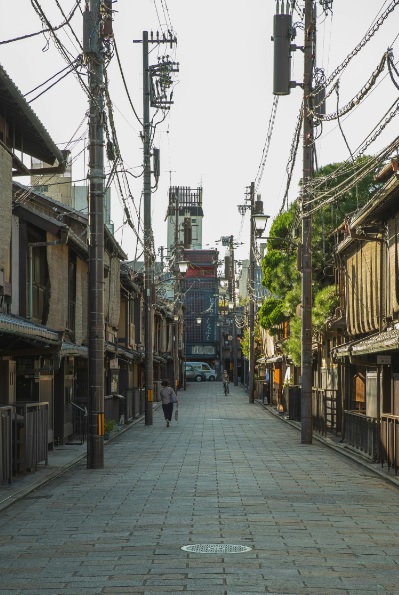
“Local architecture” typically refers to the architectural style or design that is characteristic of a particular region or locality. It often reflects the historical, cultural, and environmental influences of the area where it is situated. Local architecture can vary widely from one place to another, incorporating unique materials, construction techniques, and aesthetic preferences that are specific to the region.
For example, in coastal areas, you might see architecture that utilizes materials such as wood or stucco to withstand the effects of saltwater and wind. In colder climates, buildings might feature steeply pitched roofs to shed snow, while in warmer climates, architecture may prioritize natural ventilation and shading to cope with heat.
Local architecture also often incorporates traditional building methods and designs that have been passed down through generations, but it can also evolve over time as new technologies and materials become available.
Studying local architecture provides insight into the history, culture, and values of a particular community or region. It can also inspire architects and designers to create buildings that are both functional and visually harmonious with their surroundings.

